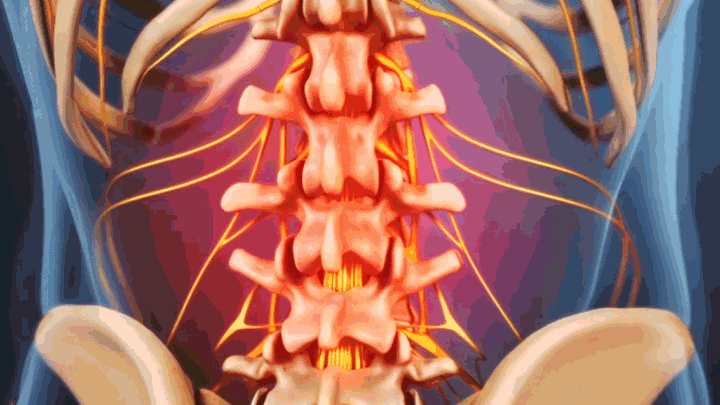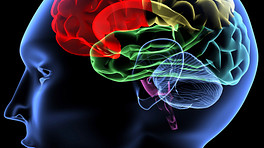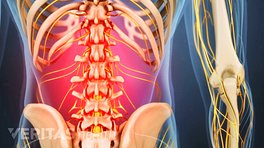People taking narcotic pain medication around the clock may experience sudden, more intense spikes of pain called breakthrough pain.
Also called flare-ups or flares, breakthrough pain has a distinct pattern. It typically reaches a peak quickly, then dissipates in less than an hour, but may last longer.
Breakthrough pain begins quickly and has a distinct pattern.
The term breakthrough pain stems from the nature of the pain, which breaks through the protection offered by narcotic medications.
In a national research study, patients with chronic pain who were being treated with narcotics reported one to 50 flares a day. The median occurrence was two per day, and the median length of time for a flare was 45 minutes. 1 Narayana A, Katz N, Shillington AC, et al. National Breakthrough Pain Study: prevalence, characteristics, and associations with health outcomes. Pain. 2015;156(2):252-9.
See Types of Back Pain: Acute Pain, Chronic Pain, and Neuropathic Pain
In This Article:
- Understanding Breakthrough Pain
- Medications for Breakthrough Pain
- Common Risks and Side Effects of Treating Breakthrough Pain
- Managing Breakthrough Pain
Breakthrough Pain Is Widespread
Research on breakthrough pain initially focused on people with cancer, but it is now generally recognized in patients with chronic pain non-cancer pain as well. A large number of people who experience breakthrough pain have low back pain or arthritis pain. 2 Perry G. Fine. Incidence, Prevalence, and Characteristics. The Diagnosis and Treatment of Breakthrough Pain. New York, New York: Oxford University Press, 2008.
Estimates vary, but medical research indicates breakthrough pain occurs in about 70% of people with chronic non-cancer pain, and in up to 65% of people with chronic cancer pain. 3 Smith H. A comprehensive review of rapid-onset opioids for breakthrough pain. CNS Drugs. 2012;26(6):509-35.
Tracking Flares
The majority of flares do not have a clear cause, and the unpredictable nature of the pain can be disruptive and stressful.
In other cases, certain activities can trigger breakthrough pain. Keeping track of the circumstances preceding a flare can help patients and their doctors develop a strategy to prevent or minimize the pain. It is often important to note alleviating and aggravating factors contributing to this pain.
See Noninvasive Pain Management Techniques
Medication to Treat Breakthrough Pain
Rather than use more of the same narcotic used for chronic pain, breakthrough pain is usually treated with another narcotic medication better suited due to its sudden onset and short duration. Breakthrough pain often peaks within 5 to 15 minutes, though there is considerable variation. 4 Smith HS. Considerations in selecting rapid-onset opioids for the management of breakthrough pain. J Pain Res. 2013;6:189-200.
The added medication for breakthrough pain may be a faster-acting version of the round-the-clock medication or a completely different narcotic.
It is common for people using narcotic medications daily to gradually become more tolerant of and even physically dependent on the medications.
Undertreatment of Breakthrough Pain
While there has been considerable media attention to the problem of medication overuse, under-treatment of breakthrough pain can also be an issue.
Fear of addiction among patients, family members, and doctors as well as safety concerns may discourage some people from getting needed pain relief. Other times, the patient’s system has developed a tolerance for a medication, so it is no longer as effective as before. There may also be problems tolerating additional medications, including unpleasant side effects.
See Pain Killer Addiction Treatment
Discussing concerns about pain relief with the doctor is advised.
- 1 Narayana A, Katz N, Shillington AC, et al. National Breakthrough Pain Study: prevalence, characteristics, and associations with health outcomes. Pain. 2015;156(2):252-9.
- 2 Perry G. Fine. Incidence, Prevalence, and Characteristics. The Diagnosis and Treatment of Breakthrough Pain. New York, New York: Oxford University Press, 2008.
- 3 Smith H. A comprehensive review of rapid-onset opioids for breakthrough pain. CNS Drugs. 2012;26(6):509-35.
- 4 Smith HS. Considerations in selecting rapid-onset opioids for the management of breakthrough pain. J Pain Res. 2013;6:189-200.











